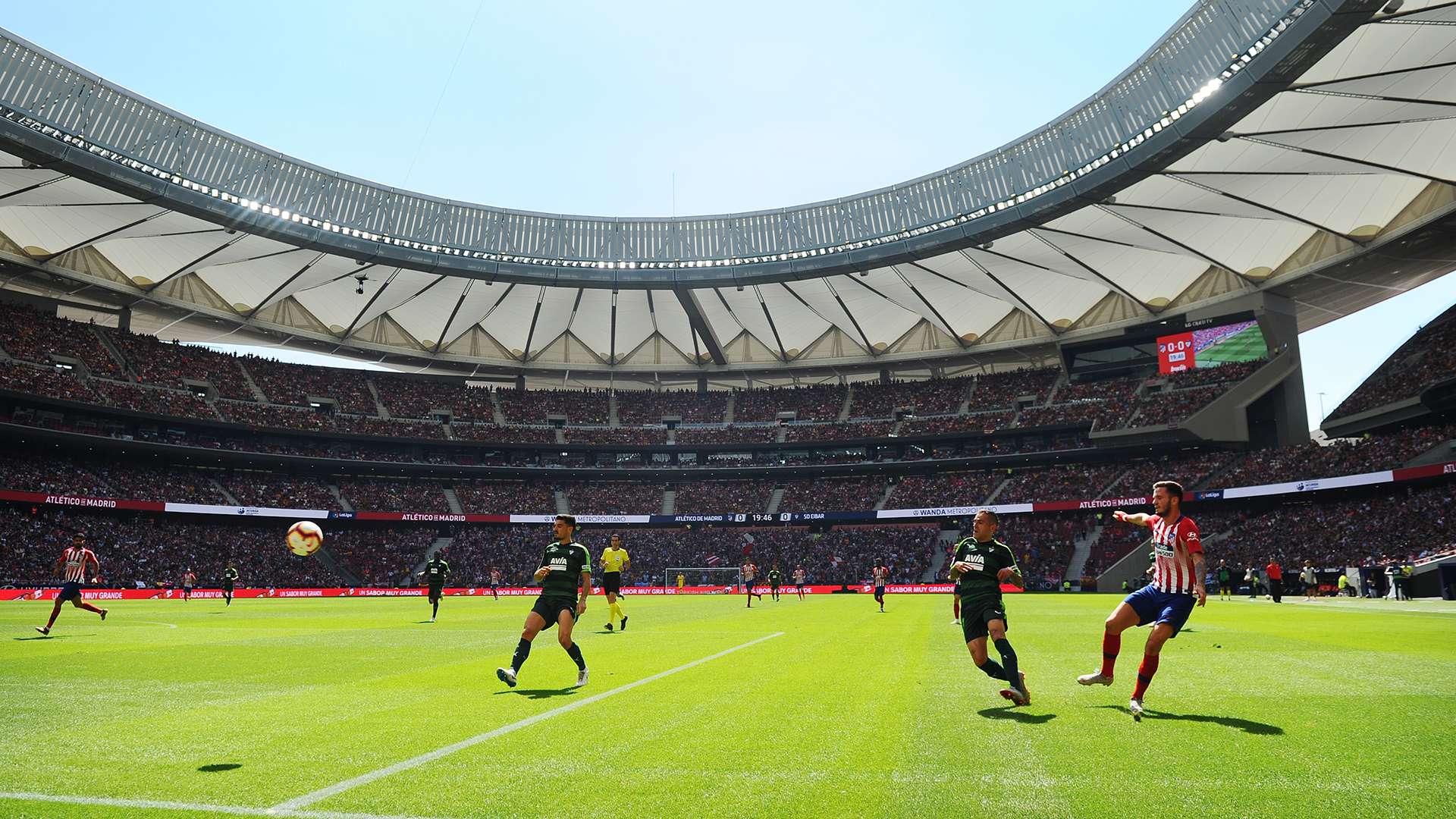Tottenham Hotspur’s new stadium in North London has come at a cost—both figuratively and literally—but is it a price worth paying for the Premier League giants?
Finally opened for business last term, and at an overall project cost of £1 billion, the new stadium was hotly anticipated before it was finally unveiled for the public.
The final cost is much greater than what had been initially estimated for the London heavyweights.
At the outset, it was estimated that the construction of the new stadium would incur costs of around £400 million, but in 2017 it emerged that it would actually be nearly double that - around £750m.
Since then, however, reports in the British press have suggested that the new stadium cost Spurs roughly £1 billion in the final analysis.
It’s a major increase, but this isn’t unusual in construction ventures, even if it is dramatically more expensive than the reported €240 million that Atletico Madrid parted with in 2017 to construct the 68,000 Wanda Metropolitano—a comparable project.
It’s worth noting that the construction of the new Wembley stadium ran well over budget as well, spiralling from just over £450 million to around £830 million.
 Getty
Getty
Making the Spurs project even more complex, is that changing circumstances—and specifically the complications around Brexit—also had an effect on the price of this project.
Predictably, construction of the new stadium has had a dramatic impact on Tottenham’s overall finances, and this was even before the global health crisis that is the coronavirus pandemic further dented the coffers and prevented them from recouping the cost of the stadium build.
According to Deloitte’s Annual Review of Football Finance for 2020, which took into account clubs’ debt up to and including the 2018-19 season, Spurs’ current net debt is £534 million.
For context, only Chelsea—with a net debt of £1.3 billion—are more in the red than the Lilywhites, while the likes of Liverpool (£157 million) and Manchester United (£204 million) don’t have the kinds of liabilities that Spurs do.
Such has been the impact of Covid, that as recently as summer 2020, Spurs took £175 million from the Bank of England crisis fund to help to balance the books.
The Athletic recently, providing an update on the Deloitte study, suggest that Spurs now owe £733 million.
 Getty
Getty
However, despite the costs and the consequences of the spend, few could deny that the end result of the stadium has been a success.
Feted as a state-of-the-art venue for viewing sports, it was imperative that the new stadium was a success given the importance to the club of their previous White Hart Lane home.
The old WHL was Spurs’ home for 118 years, and while they had flirted with moving to the London Stadium following the 2012 Olympics, and spent several years residing in Wembley while their new home was developed, it was imperative it was a hit with fans…and felt like home!
While there was much nostalgia and emotion attached to their previous White Hart Lane home, the ground’s 36,284 capacity proved limiting for a club with ambitions of solidifying their place among Europe’s giants.
This is why the club signed off on the ambitious Northumberland Development Project, which had the aim both of building a spectacular new ground and regenerating the local area.
Construction of the stadium itself—situated on the High Road in London’s N17 area—did not begin until the summer of 2015 due to delays arising from a Compulsory Purchase Order challenge.
 Tottenham Hotspur
Tottenham Hotspur
Amidst the key features outlined in the plans for the ground, Spurs’ stadium was to boast a retractable pitch with a synthetic surface beneath a grass turf, a ‘Sky Walk’ which would allow visitors to walk onto the roof and take in views of the city, and conference facilities for businesses in the East Stadium.
For the matchday experience, there was to be a microbrewery, run by Beavertown, and food and drinks outlets throughout the ground.
Every pound spent in the construction is evident in the facilities themselves, as well as the capacity, which, at 62,062, is an increase of over 25,000 on the previous capacity of the old White Hart Lane.
The South Stand alone houses 17,500 supporters—more than the stadiums of several clubs in the EFL Championship—and indeed, only Manchester United now have a bigger ground in the English football league.
The new White Hart Lane is eclipsed only by Old Trafford and Wembley when it comes to football stadiums in England, and certainly, the majestic new ground eclipses Arsenal’s Emirates Stadium or Chelsea’s Stamford Bridge.
Spurs fans will be hoping that the board can take care of the debt, and that Mourinho’s side can produce the on-field success to truly make the new ground feel like home.


.png?auto=webp&format=pjpg&width=640&quality=60)
.jpg?auto=webp&format=pjpg&width=640&quality=60)
